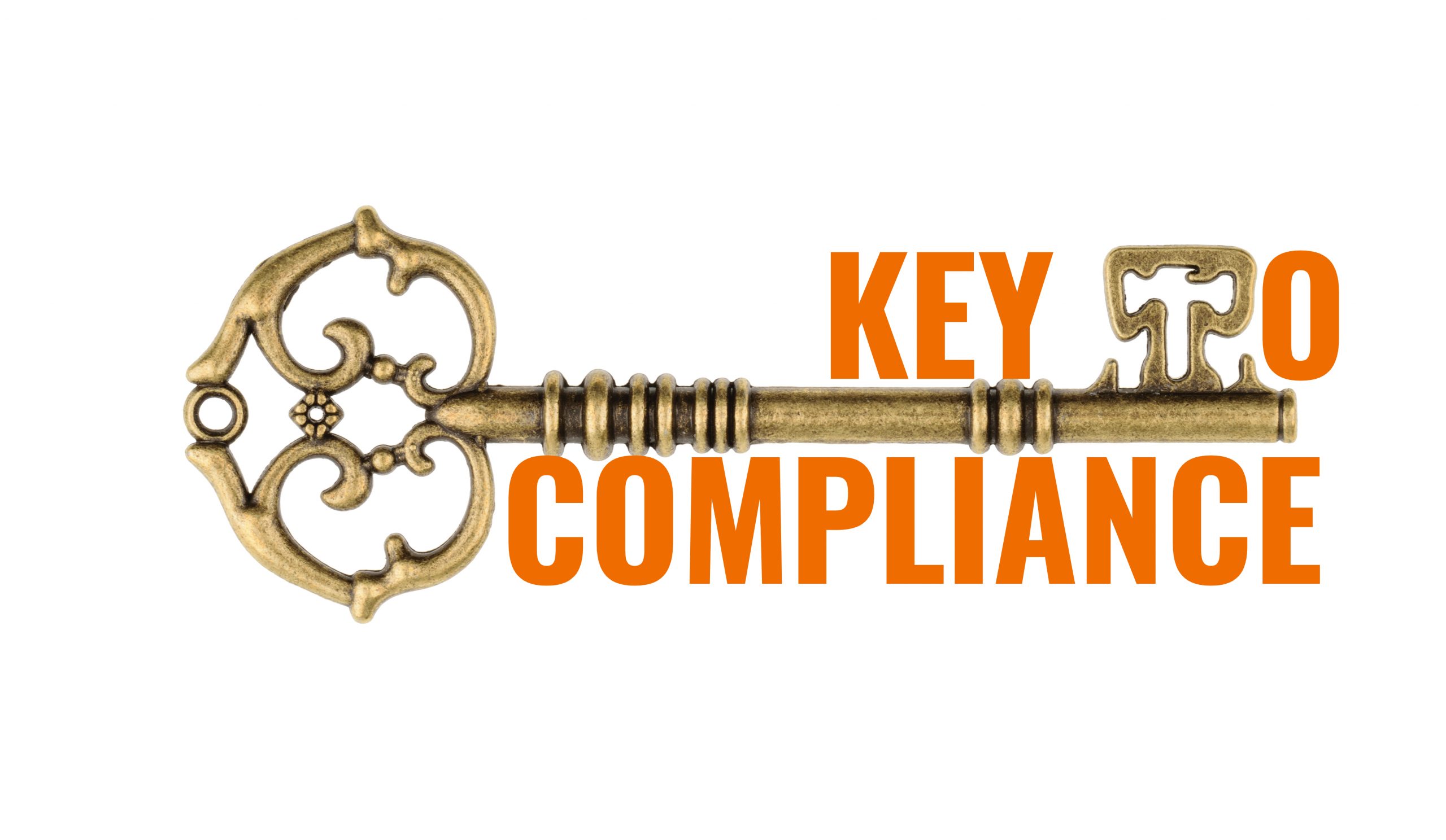Data integrity is “The maintenance of, and the assurance of the accuracy and consistency of, data over its entire life cycle, and is a critical aspect to the design, implementation and usage of any system which stores, processes, or retrieves data.
- Data integrity is the opposite of data corruption, which is a form of data loss
- The intent of any data integrity technique is the same: ensure data is recorded exactly as intended … [stored]… and upon later retrieval, ensure the data is the same as it was when it was originally recorded.
- In short, data integrity aims to prevent unintentional changes to information
- Data integrity is not to be confused with data security [cybersecurity]. — “Data Integrity and Compliance With CGMP Guidance for Industry”, Draft Guidance, April 2016.
Common Issues:
- Workflow not validated
- Access not properly restricted
- Shared login accounts not monitored or controlled
- Controls not in place for blank forms
- Audit trails not reviewed
- Electronic copies not verified
- Paper print-outs not tested, but used to make decisions
- Electronic signatures not authentic or monitored
New Issues surfacing recently:
- Manipulation of date/time stamps to make it appear samples were tested on a different day than they actually were
- Failed to exercise appropriate controls over computer or related systems to assure that only authorized personnel institute changes in master production and control records, or other records (21 CFR 211.68(b))
- Lack of basic controls to prevent changes to electronically stored data
- Audit trails turned off
- No controls to prevent substitution, deletion, or overwriting of data
- Sharing user names and passwords
- QC personnel created unauthorized folders on lab computers without appropriate oversight
- Failure to prevent unauthorized access or changes to data and to provide adequate controls to prevent omission of data
- Only included the most favorable result obtained from multiple test results without any justification
- Failure to record activities at the time they are performed
- Destruction of original records
- “Rough notes” (unbound, uncontrolled loose paper) used to capture original critical manufacturing data were destroyed after transcription into the batch production records.
- Backdating of production records when personnel were not onsite to perform the activity
Related Reading : Data Integrity & 21 CFR Part 11 Compliance Requirements
